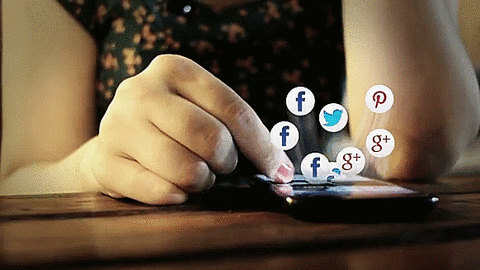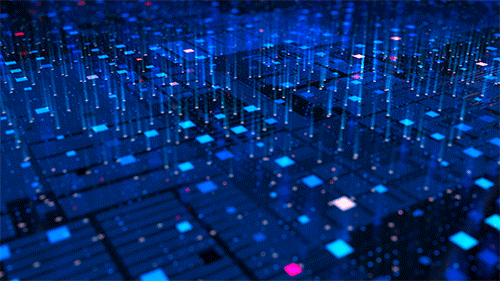Understanding Web 3.0: A New Era for the Internet
Written on
Chapter 1: The Evolution of the Internet
Web 3.0 signifies a transformative phase for the internet, a shift that many anticipate, though it raises concerns for major tech companies. My recent exploration into the topic revealed that Web 3.0 encompasses concepts like blockchain and decentralization, but I needed more clarity. Let's break down what Web 1.0 and Web 2.0 entail to better grasp this new development.

Section 1.1: Web 1.0 — The Read-Only Era
From around 1991 to 2004, the internet was largely a read-only platform. Users could access a wealth of information but had little means to interact with it. This era lacked advertisements, and while technologies like Flash and Java emerged, they did not significantly alter the user experience. Essentially, the internet served as a one-way street for consuming information.

Section 1.2: Web 2.0 — Interactivity and Personalization
The landscape began to shift around 2004, evolving into Web 2.0, characterized by user interaction and content creation through platforms like social media. This era saw the rise of major corporations like Facebook and Google, which began to collect user data extensively. Profiles were created based on user activity, preferences, and interactions.
I recall a humorous incident where my ex-boyfriend purchased an engagement ring, and I was instantly inundated with wedding-related advertisements before he even mentioned it. This illustrates how companies predict consumer behavior based on personal data.
Section 1.3: The Role of Big Tech
These tech giants utilize user avatars—comprehensive profiles derived from personal data—to curate targeted advertisements. In essence, they monetize this information, selling it to other businesses that then market specific products to consumers.
Chapter 2: Entering Web 3.0
Web 3.0 aims to revolutionize this model by enabling users to read, write, and, most importantly, own their data.

As we transition into this era, blockchain technology plays a pivotal role. It decentralizes information storage, ensuring data isn't confined to a single entity. The goal is for individuals to reclaim control over their data, although the mechanics of this process remain uncertain.
Additionally, the decentralized structure complicates data deletion, as any request to remove information may require community voting and scrutiny.
Exploring Web 3.0: What It Means for Users
Helium serves as a prime example of what Web 3.0 could offer. It is a distributed network of long-range wireless hotspots that allows users to create and manage their own wireless networks for low-power Internet of Things applications. More details can be found at helium.com.
Another illustration is the Brave browser, which prioritizes user privacy by blocking ads and trackers by default. Users gain control over their data, and they are compensated when they choose to share it.
In conclusion, the potential changes brought about by blockchain technology are extraordinary. I invite you to share your thoughts on Web 3.0 in the comments below.

This video discusses Web 3.0 in a concise format, helping beginners understand its significance and implications.
Follow me for updates, and if you enjoyed this article, consider buying me a coffee or showing your support!